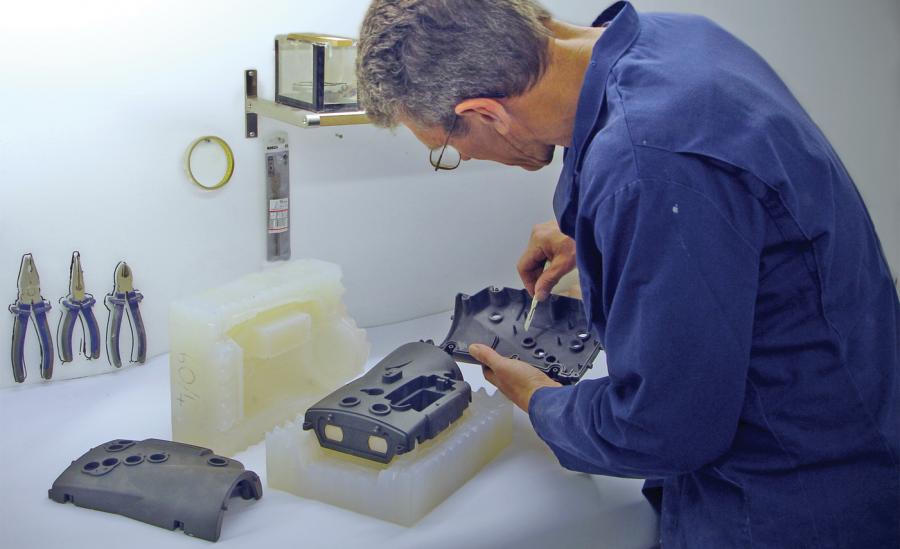Introduction
As the pandemic has hit hard to almost all the people around the globe, all the people have sacrificed and all the occupations have been affected. The trading occupation is mostly done by use of vehicles, but sometimes, the part of the vehicles is damaged, also some parts of the electronic items are sometimes damaged. The process is known as vacuum casting help in repairing or making parts of complex machines.
What is Vacuum casting?
Vacuum casting is a copying technique or process which is used to make working or active parts using plastics, known as a vacuum cast parts. Most of the plastics used in making small series of functional parts are mostly polyurethane and silicone molds. The process of vacuum casting is known for its fast production copies and the mechanism from which it produces the prototypes.
The vacuum casting technique has many applications, some of the ideal applications are
- pre-launch product testing
- small series of housing and covers
- concept models or prototypes.
Under pre-launch product testing, any product which is yet to be launched in the market is first displayed using vacuum casting which gives an ideal representation of the desired product.
How does the vacuum casting process work?
- The process of vacuum casting first initiates with making a master copy, the master copy is made using different techniques like laser sintering or stereolithography.
- The master copy is made with either of the techniques and a proper high-quality surface finish. After the casting of the master, the copy is done.
- The next step involves making a silicon mold of the product.
- The silicon mold model is achieved by casting silicone around the master copy. The making of silicon mold is done under vacuum pressure, vacuum is used to prevent air bubbles.
- Now, the product made has a master copy inside and covering which is a silicon copy of the master model.
- To get only the silicon model, the master copy is removed carefully by making the pre-defined cut on the silicon mold.
- After this process is done, a cavity is left behind which is used to make more series of vacuum cast parts.
Reasons to Adopt the vacuum casting process
The reason why vacuum casting is always ahead of injection mold components is as follows:
- The use of silicone to make copies or series help to make the product more suitable and fit for testing purposes of a product, marketing purposes of the product, and more.
- Using vacuum casting gives a high-quality surface finish in comparison to the injection molding process.
- The other reason to use vacuum casting with silicon mode is because of the quantity produced.
- Using silicon mold, twenty-five copies can be made from one silicon mold, which helps in making a series of functional parts.
Conclusion
The vacuum casting process is one of the fastest producing techniques for making copies. In the silicon mold technique, to ensure the mold is filled properly, the wall thickness of the mold is made up to a measurement of zero point seven five millimeters. To make good vacuum cast parts, the ideal measurement is one point five millimetres.
SearchEngineWays – Your one stop shops for SEO, PPC, SMM, web design and development services. SearchEngineWays is an international digital marketing platform that provides User Engaged Native Article writing & Real Outreach Guest Post Backlinks to increase your website authority metrics, organic users traffic, Brand visibility & major search engine result page improvements of your target keywords using white hat seo techniques.

